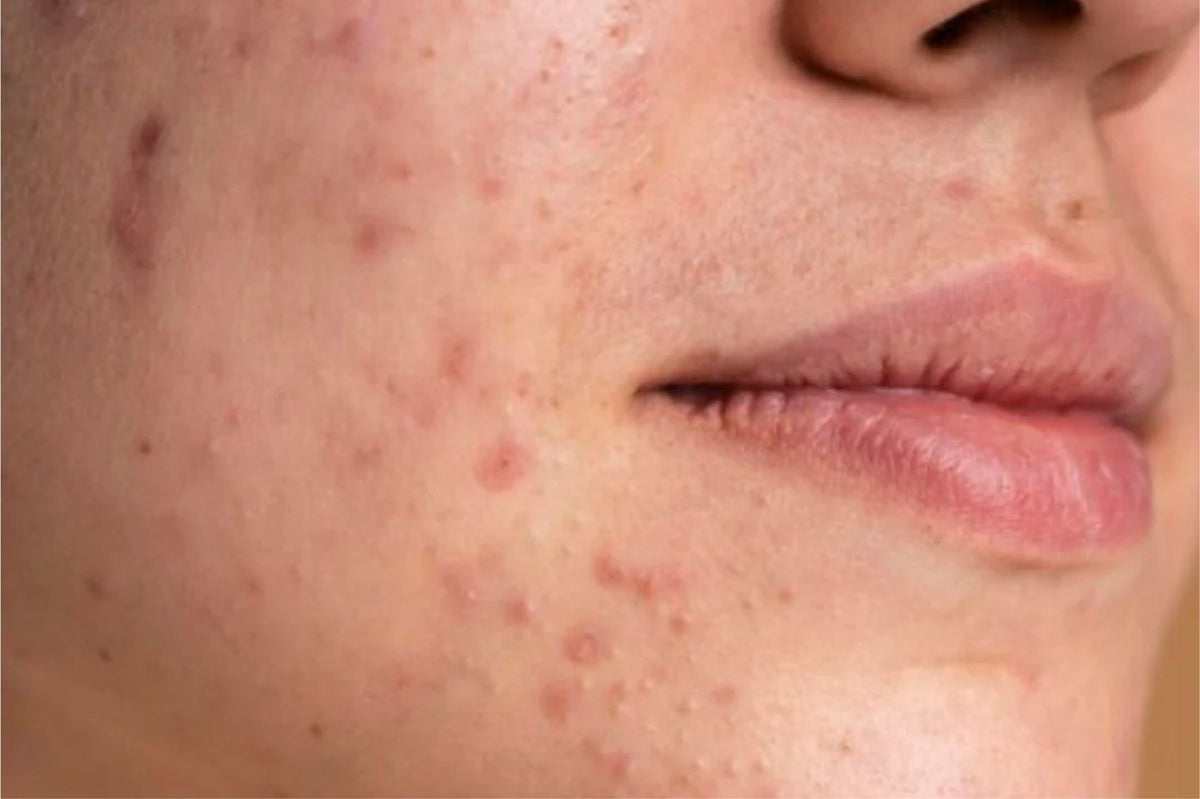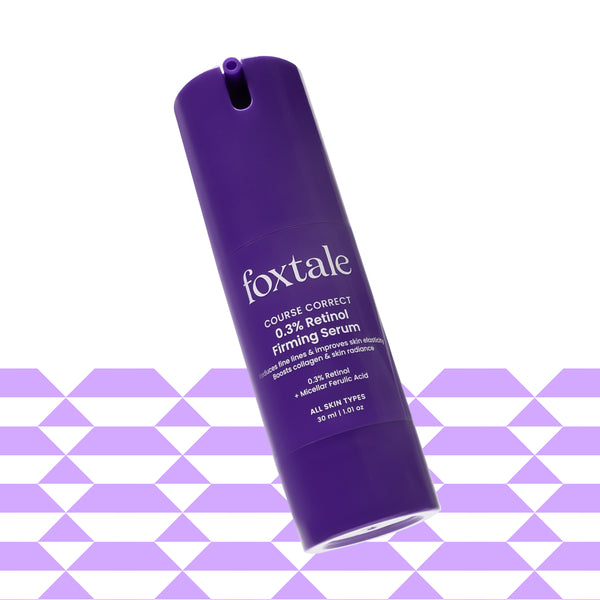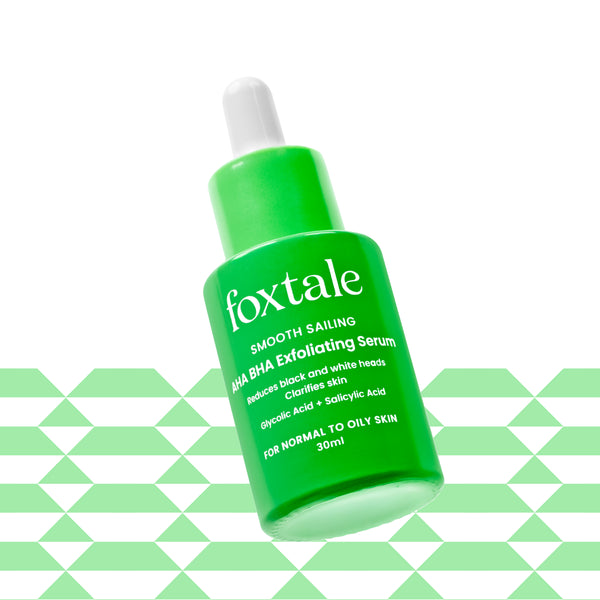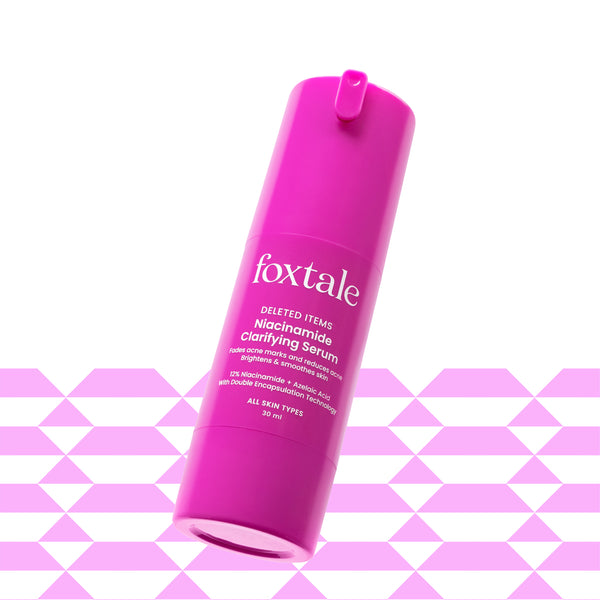
When you buy a new serum you feel super excited to try it out, expecting favourable results. You expect clearer skin, fewer breakouts, and a healthier glow. But sometimes, your skin pushes back. Small bumps appear, old clogged pores surface, and you wonder if the serum is making things worse. That reaction is often skin purging—a short-term phase that happens when you introduce strong active ingredients into your rotation.
Purging isn’t a skincare failure. It’s a sign that the serum is accelerating renewal beneath the surface. Once you understand how it works and how to handle it, you’ll get through the rough stage and see the real results.
What Is Skin Purging?
Purging is your skin’s adjustment period to ingredients that speed up cell turnover. When turnover quickens, trapped oil, dead cells, and buildup rise to the surface faster than usual. The process can look like breakouts, but it’s different.
Regular breakouts can happen anytime, often from irritation, stress, or pore-clogging products. Purging, on the other hand, only happens with actives that push renewal. If you apply a basic hydrating product and break out, that isn’t purging. But if flare-ups start soon after adding a resurfacing serum, that’s a strong indicator.
Ingredients Most Likely to Trigger Purging
- Retinol and Retinoids – Often lead to the classic Retinol purge because of their deep action.
- Salicylic Acid (BHA) – Clears inside pores, forcing clogs upward.
- Glycolic, Lactic, and Mandelic Acid (AHAs) – Surface exfoliants that also stimulate turnover.
- Vitamin C – While gentler, a concentrated Vitamin C serum can still cause short-term face purging in some users.
Is It Normal to Purge After Using a Serum?
Yes, it’s normal. Purging is the skin clearing itself out. The process usually lasts two to six weeks depending on the strength of the active. During this time, your skin brings old congestion to the surface before settling into a clearer state.
How to Know if Your Skin is Purging
You can tell the difference by looking at three clues:
1. Location – Purging shows up in the same zones you normally break out, like the chin, forehead, or jaw.
2. Timing – It begins shortly after you start the new serum.
3. Duration – It improves with consistent use and doesn’t drag on past a few weeks.
Face purging usually looks like small bumps or whiteheads. If you see rashes, burning, or spots in areas that aren’t typical for you, that’s not purging—it’s irritation.
How to Manage Skin Purging While Using a New Serum
You can’t skip purging, but you can make it more manageable.
1. Start Slow
When beginning with a Retinol serum or AHA BHA serum, use it two or three times a week at first. Then, increase frequency only when your skin adjusts.
2. Keep the Barrier Strong
Pair your serum with a non-comedogenic moisturizer. If you want extra support, layer in a Niacinamide serum for calming and strengthening benefits.
3. Skip Extra Exfoliation
Don’t stack scrubs or additional acids on top of an already active routine. Your skin needs time, not more exfoliation.
4. Use Sunscreen Daily
Actives that cause purging can heighten sun sensitivity. Broad-spectrum SPF keeps your skin from adding UV damage to the mix.
5. Try Skin Cycling
If daily use feels too harsh, alternate. You've got to dedicate some nights to actives. Also, give some to recovery with just moisturizer. This rhythm helps balance results with comfort.
Should You Stop If Your Skin Is Purging?
Most of the time, no. Purging means the active is doing its job. But if you notice painful cysts, breakouts in new areas, or irritation that doesn’t ease within six weeks, it’s worth stopping or consulting a professional.
For Retinol, the purge may stretch to six to eight weeks, but if nothing improves beyond that point, the product may not suit you.
Final Thoughts
Purging can be frustrating, but it’s temporary. Knowing what is skin purging, how to recognize it, and how to handle it makes the difference between quitting too soon and seeing long-term results. With patience, barrier care, and steady use, your skin can move past the purge and into clearer, healthier territory.
FAQs
How long does skin purging last?
Most purging phases run two to six weeks. That’s the average time it takes for skin to complete a few cycles of renewal. If it stretches past that, especially with no improvement, the product may not be right for you.
What does skin purging look like?
Purging looks like clusters of small breakouts—whiteheads, blackheads, or bumps—that pop up in areas you normally see pimples. The flare-ups feel temporary and clear faster than a standard breakout. If irritation spreads outside your usual zones, that isn’t purging.
How long does Retinol purge last?
A Retinol purge often lasts four to six weeks, sometimes up to eight. Retinol works deeper, so the adjustment can take longer. Once your skin settles, texture usually smooths, pores look clearer, and breakouts reduce over time.






